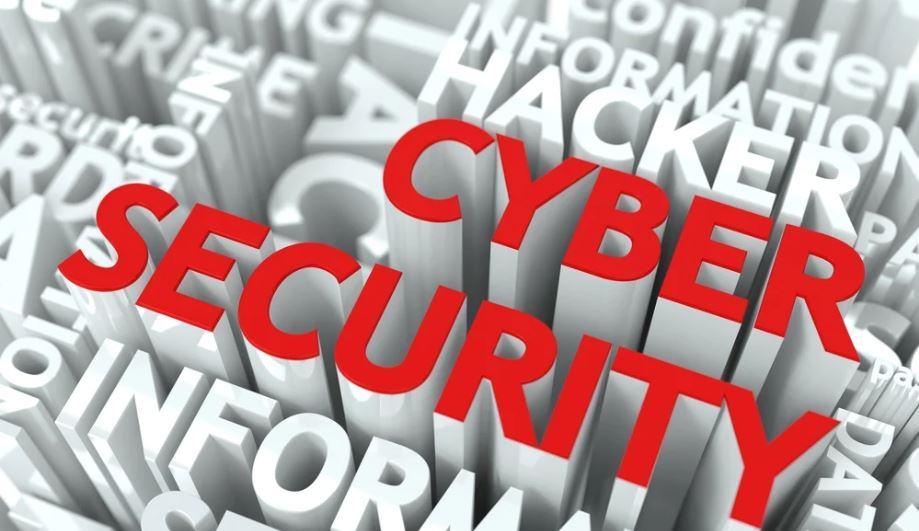The past few years have shown an accelerated increase in security breaches and attacks, especially for those in the healthcare, financial, and pharmaceutical industry. With the volume of such attacks on the rise, the public is becoming more aware of the risks to their online interactions. According to a recent survey completed by Gartner, 56% of customers are expressing a concern about the security of their information being stored by organizations and businesses they interact with.
What is Cybersecurity?
“Cybersecurity is the practice of protecting critical systems and sensitive information from digital attacks.” – IBM
Cybersecurity covers many different areas that, when combined, make up a cybersecurity program that can benefit your business by maintaining the integrity of sensitive data that flows to and from your website, your CRM, company servers, customer portals, etc. The areas include:
- Information security / data security
- Network security
- Application security
- Operational security
- Cloud security
- Physical security
- Disaster recovery and business continuity planning
- End-user education
Information & Data Security
Data security, or information security involves the process of protecting your data from unauthorized access and data corruption through the entirety of its lifecycle. Data encryption, tokenization, data hashing, and data management are all included under Data Security.
It is important to protect digital assets through data security. Customer information is especially important to protect in the age of identity theft. Controls for critical infrastructure must be in place for all systems in case of shady competition among other cybercriminal activity. Your information security plan should always include testing and Incident detection, along with response plans to protect organizational interests. In short, your goal should be to protect the information of your people, your processes, and your technology.
Network Security
Network Security protects your network, including your web servers – and subsequently your data AND your customers’ data – from unwanted intrusions, breaches, and other threats. Network security is another one of those blanket terms that describes both software and hardware solutions, processes, rules, and data configurations related to overall threat protection of network use and network accessibility.
User access control, network access control, antivirus and anti-malware software, application security, endpoint protection, web encryption, mobile/wireless, firewalls, VPN encryption, and more are all included under network security. When you run a secure network from the get-go, and ensure proper maintenance, you can rest a bit easier knowing your data is protected.
Application Security
Application Security encompasses the areas of Authentication, Authorization, Encryption, Logging, and Application security testing.
Application security includes developing, adding, and testing security features within applications to prevent security vulnerabilities against threats such as unauthorized access and modification. Application security controls enhance the security of your web, mobile, desktop, cloud, etc., applications at the coding level. These control measures make your applications less vulnerable to threats. Examples of these controls can include how your application responds to unexpected inputs that a hacker might use to exploit an app weakness. Application developers and programmers know how to write code for an application so that they have more control over the outcome of unexpected inputs.
Testing is important for many scenarios, and developers will test the results of unexpected values or inputs multiple times to learn what caused the application to act in a way that created a security vulnerability.
Operational Security
Operational security, or OPSEC, and also known as procedural security, is a risk management process. Operational security allows business managers to view operations from the perspective of an adversary in order to protect sensitive information from falling into the wrong hands.
Though originally coined by the military, operational security has become essential in the private sector as well. Areas that fall under the OPSEC umbrella include monitoring of customer behaviors and habits on social media sites, limiting employees from sharing login credentials via email or electronic text, and overall end-user information confidentiality.
Cloud Security
Organizations need cloud security as they move toward their digital transformation strategy and incorporate cloud-based tools and services as part of their infrastructure. Cloud security is a collection of procedures and technology designed to address external and internal threats to business security. Cloud computing refers to the process of accessing resources, software, and databases over the web, and outside of local hardware. Cloud security is especially critical if your business offers IaaS, PaaS and SaaS service products since they are, more often than not, hosted or used in a cloud environment.
Physical Security
This might come as a surprise in the cybersecurity realm, but physical security refers to protection of building sites and equipment. The information, hardware, and software contained within your building structure is vulnerable to theft, vandalism, natural disaster, catastrophes, and even accidental damage like electrical surge damage, extreme temperatures, and – believe it or not – something as seemingly harmless as spilled liquids. The three most important components of a physical security plan are building and area access control, premises surveillance, and security testing. These all work together to make your physical space more secure inside and out. In short, keep a good security company on hand, and make physical security part of your cybersecurity planning.
Disaster Recovery and Business Continuity Planning
Disaster recovery planning, along with business continuity planning is critical for organizations to prepare for potentially disruptive events like inclement weather, natural disasters, or man-made attacks. It helps ensure an organization’s ability to continue with their business operations in the event of any of these disruptions, and minimizes the risk to the business.
Organizations without a business continuity disaster recovery, or BCDR, that suffer a major disaster can be completely out of business within less than a year from the event. A BCDR plan is essentially an insurance action policy for your organization. By incorporating a BCDR program, and minimum annual plan, you can help your organization reduce overall risk, get back up and running after an outage or disruption, and mitigate the risk of data loss.
End-User Education
End-user education is typically conducted for new hires and then again annually as a company-wide training session. It is critical to highlight any actual or perceived organizational weaknesses, as well as system and security vulnerabilities to your employees.
Because cyber attackers use highly sophisticated methods of targeting your EMPLOYEES as entry points into private company systems, it is important to make employees aware of cyber threats. This way, they are able to spot the early signs of an attack and keep themselves protected. Security awareness training and consistency is one of the most effective ways to reduce cybersecurity risk to your company.
Cybersecurity is here to stay.
We know we have given you a lot to absorb when it comes to cybersecurity, but it is important in the digital age of today to keep vigilant of threats that could compromise your business. CommonPlaces takes cybersecurity very seriously, and whether we are building your digital ecosystem or working with your existing applications, we make sure to thoroughly test your applications for potential vulnerabilities before any deployment. We also partner with our customers to educate them on how to implement best practices into their daily processes to ensure smooth sailing for their digital presence and information security.



